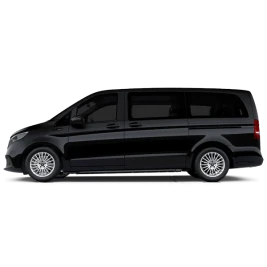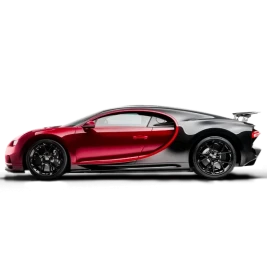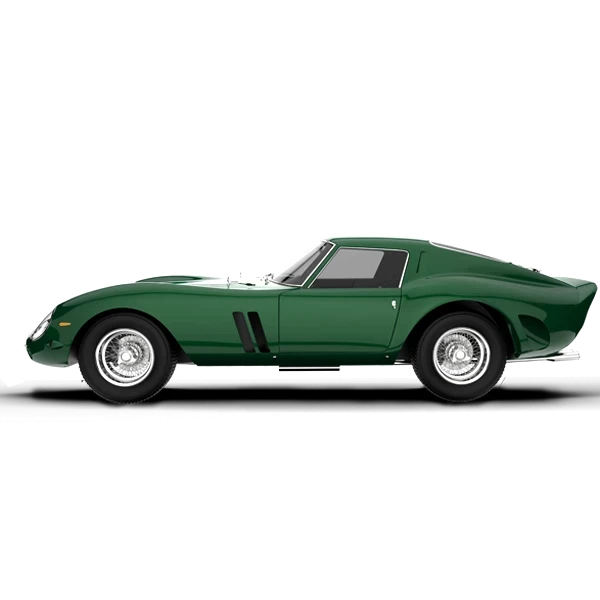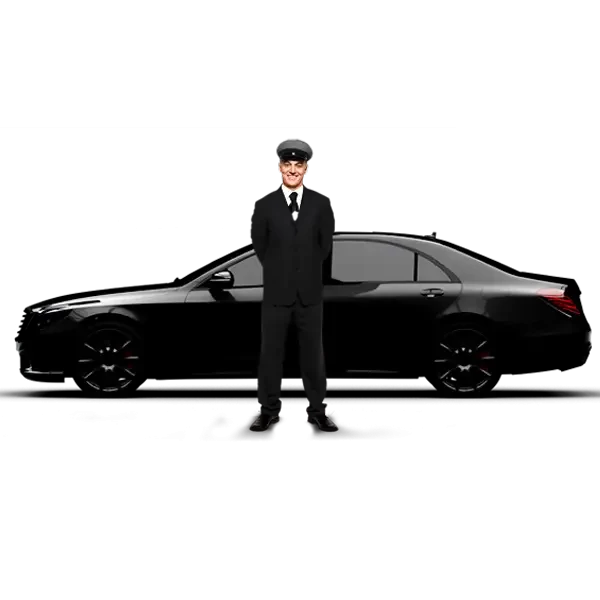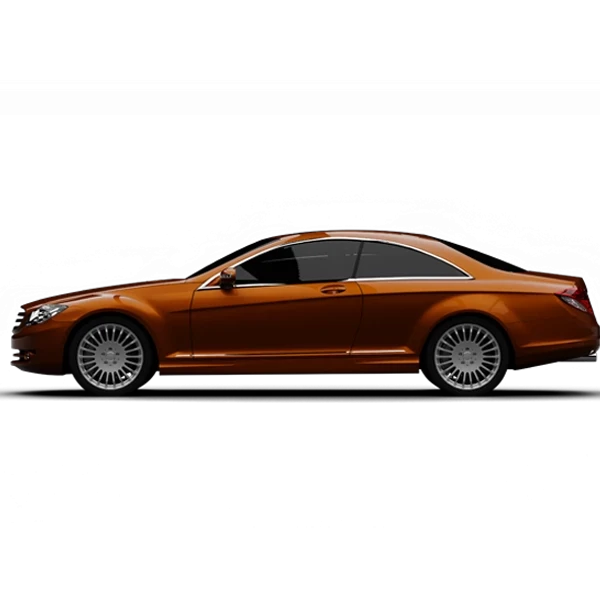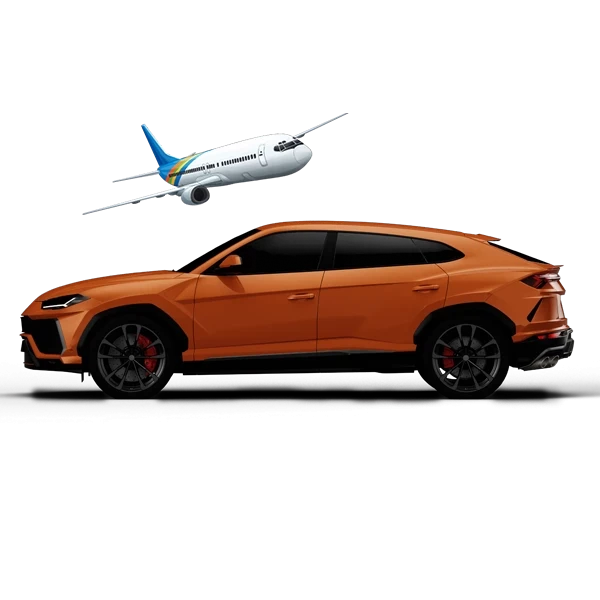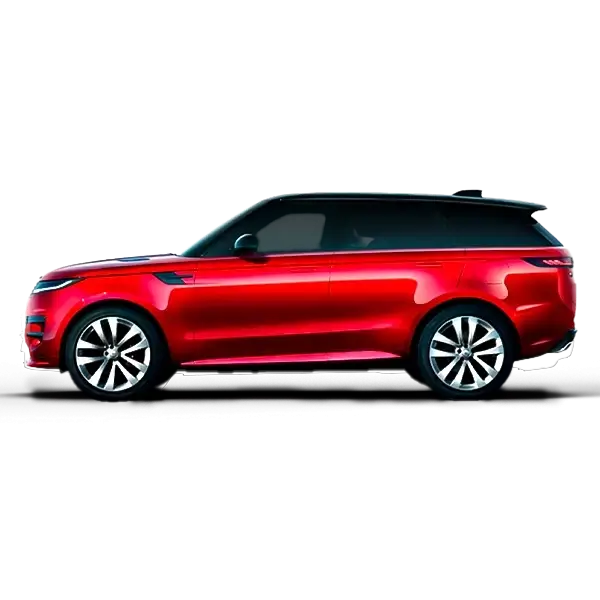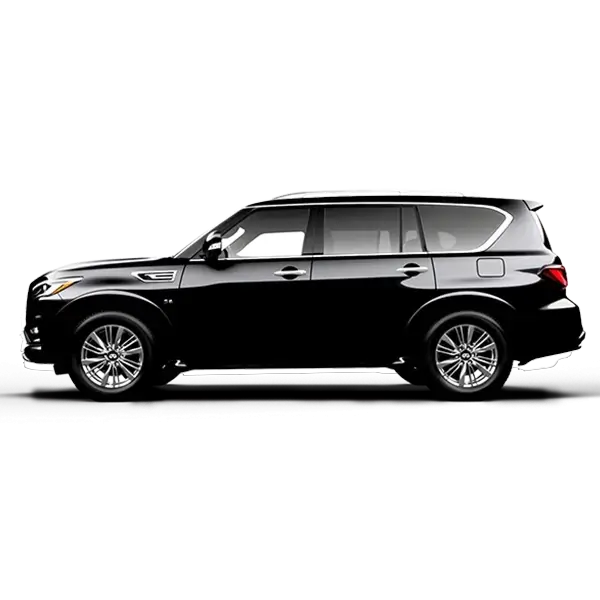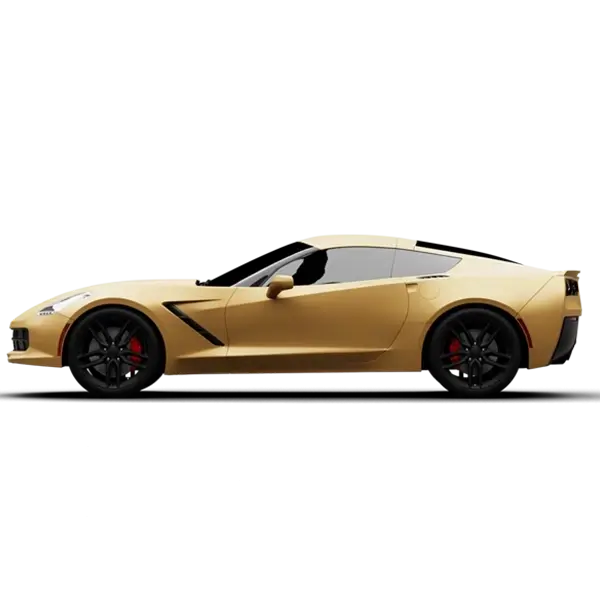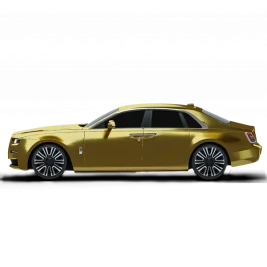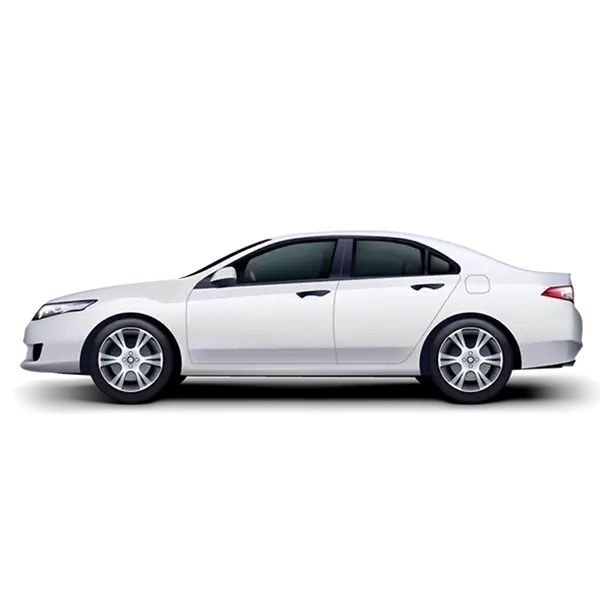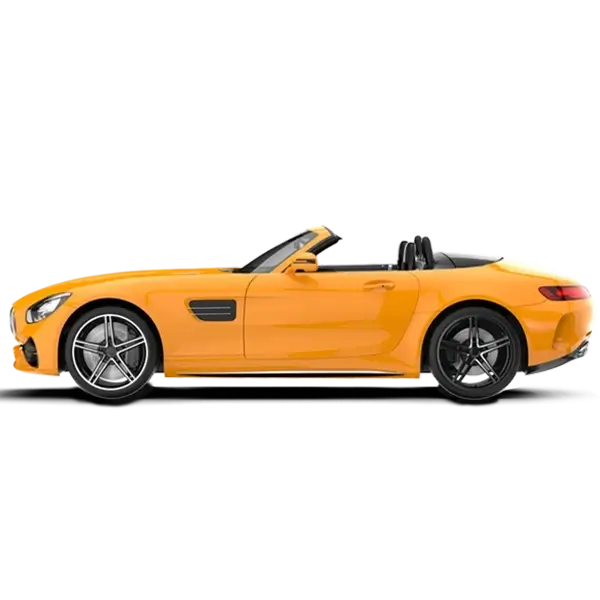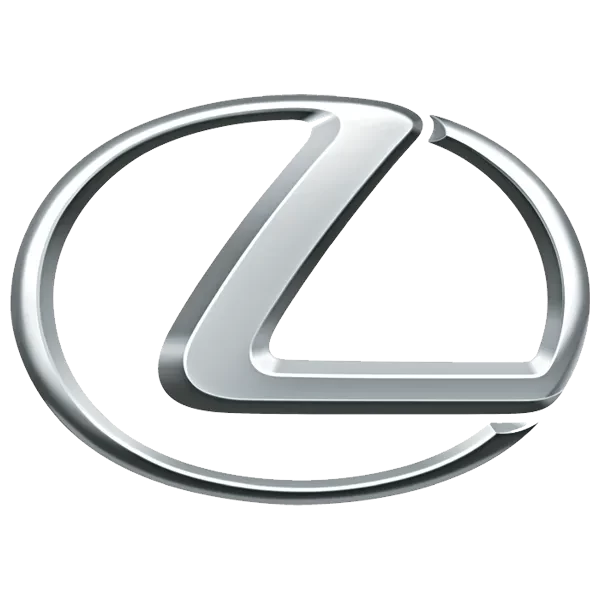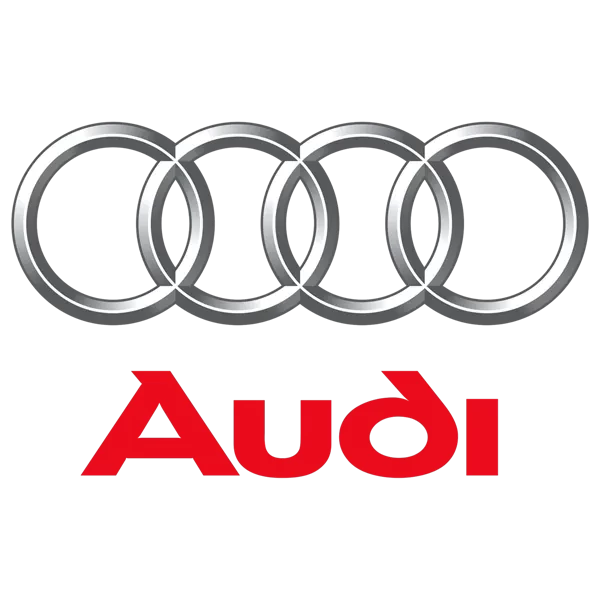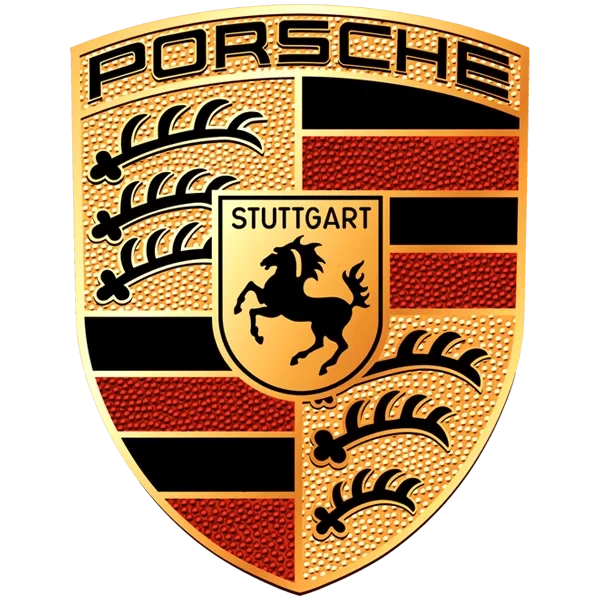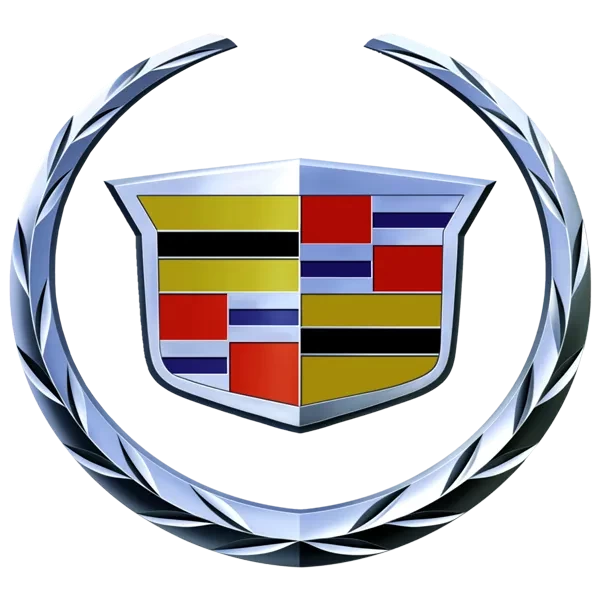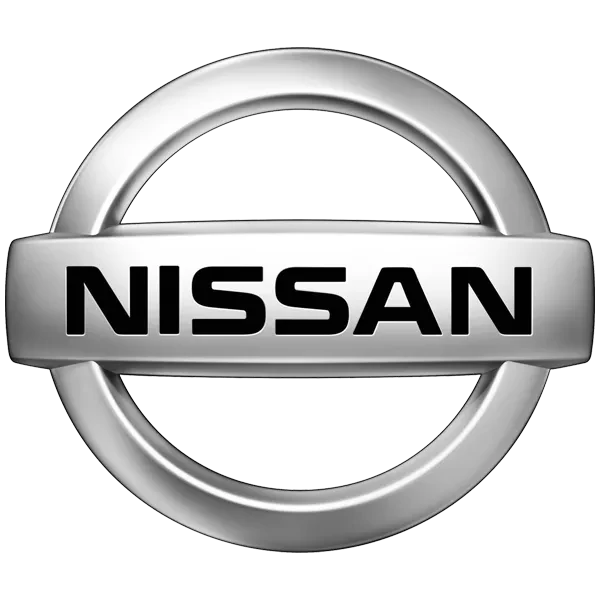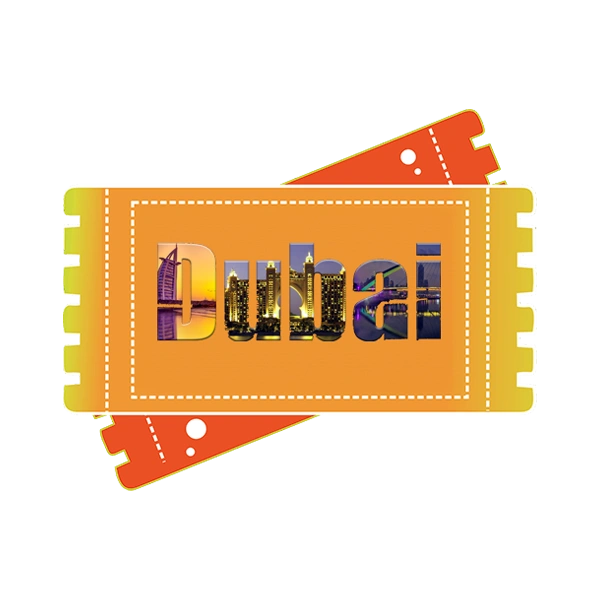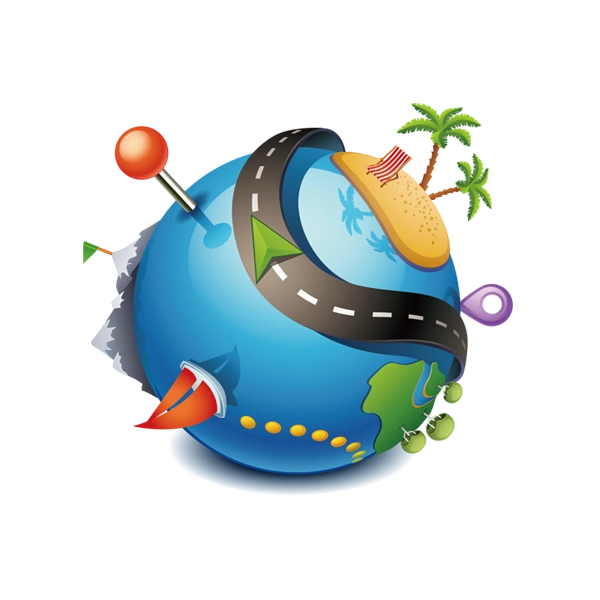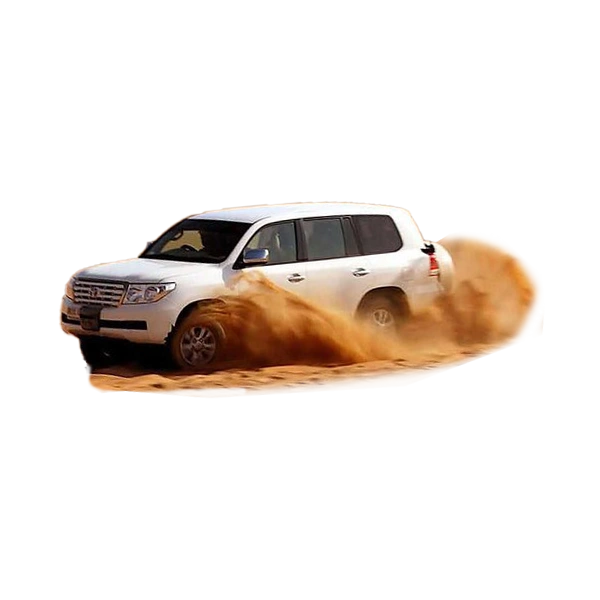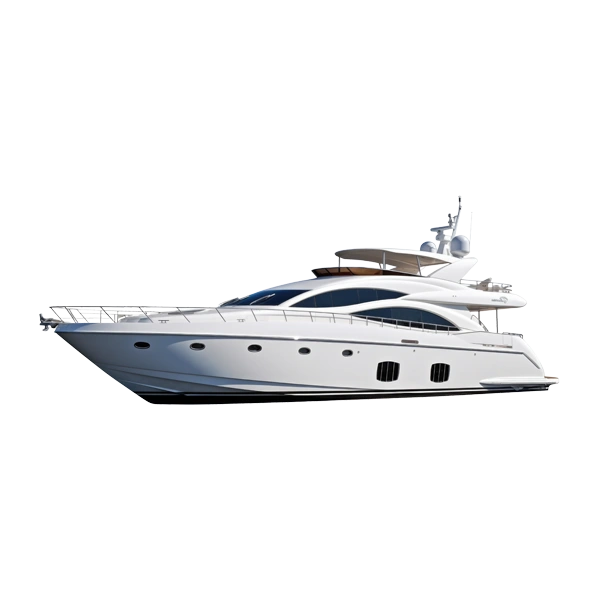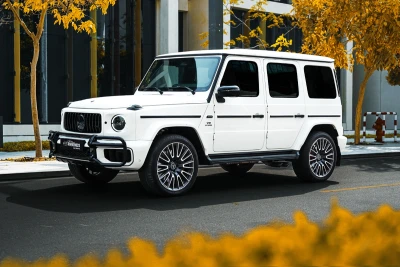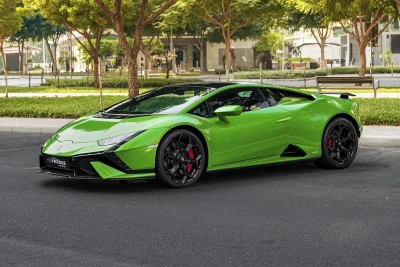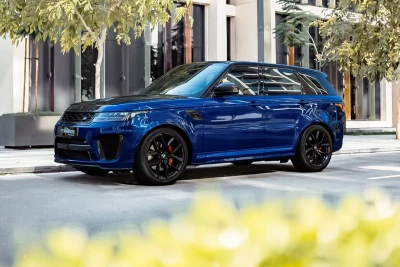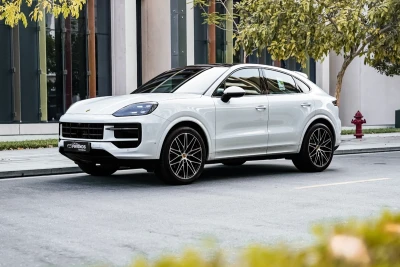2030: What Will Dubai’s Car Scene Look Like in the Future?
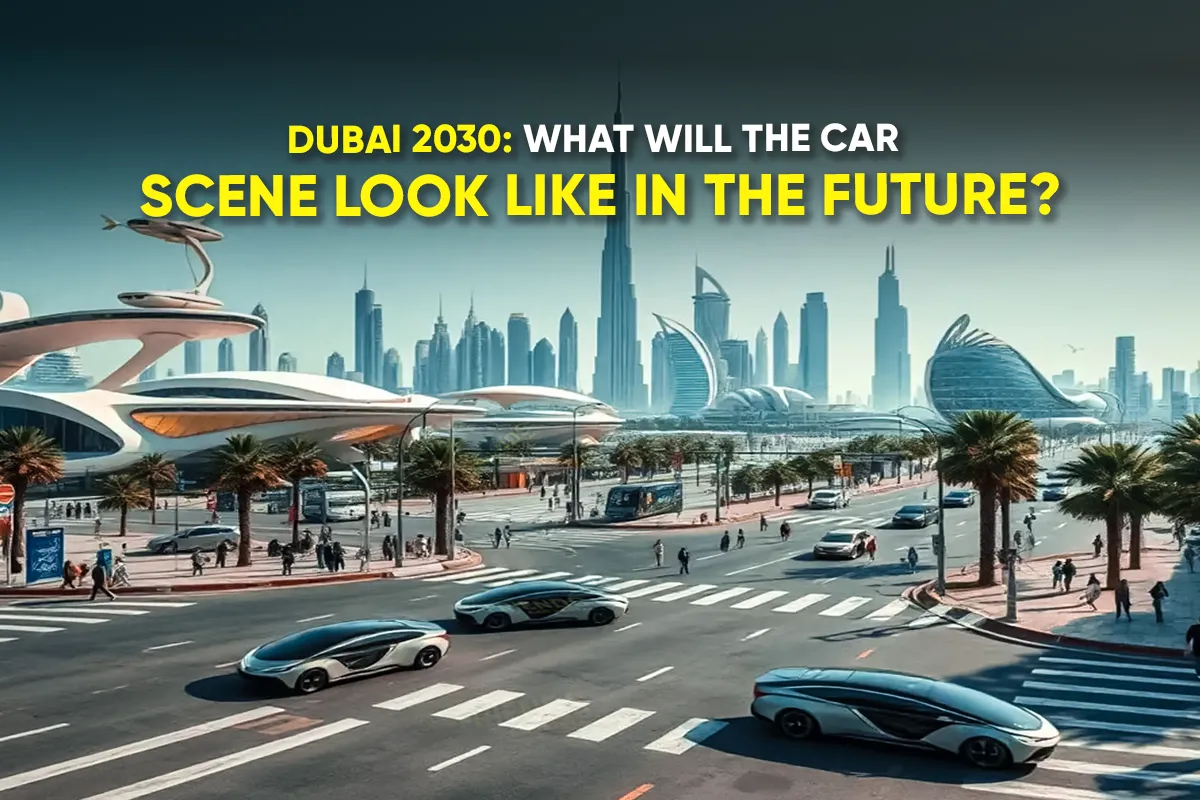
Wondering what Dubai’s car scene looks like in 2030? While it’s not too far off, it's definite that it won’t be the same as it is today, July 2025. We’ll see some major changes and shifts in the automotive industry at different levels, from personal use to government initiatives, all in pursuance of Dubai's ambitious 2050 carbon-free goal and the intermediate target of a 50% carbon emission reduction by 2030. This article elaborates on the most probable Dubai vision for 2030 that will define its future car scene with significant changes, while still maintaining the industry's core essence. Here, you’ll have a look at Dubai’s future automotive landscape, grounded in current plans and strategic executions at the governmental level. Let’s check out these interesting possibilities.
What Will Dubai’s Car Scene Look Like?
In 2030, Dubai’s car scene will possibly look like this:
Autonomous cars/vehicles will take center stage—target 25%.
Flying cars and air taxis will soar in Dubai’s open skies.
Full electric and hybrid vehicles will dominate the Dubai market.
Sustainability remains at the heart of innovation with smart mobility preferences.
Dubai’s luxury car scene will still persist with slight changes—ICE transformed into EVs.
1. Autonomous Vehicles Take Center Stage
Dubai targets 25% of all trips to be autonomous through its streets—from the E11 highway to Deira corners. Imagine sleek robotaxis with perfect AI precision driving you to your destinations—there’s a massive possibility. How? It’s already a reality in some other countries, like the USA. While autonomous technology saves billions annually by cutting accidents and congestion, it will also take away employment opportunities—the sad reality.
The Roads and Transport Authority (RTA) is already testing driverless cars, with companies like Pony.ai and WeRide leading the charge. At this rate, you can expect fully driverless commercial services by 2026. Dubai’s focus on enhanced AI-powered smart traffic systems and dedicated testing zones also boosts the probability of autonomous vehicles by 2030 in Dubai. While safety and public acceptance remain key areas of focus, extensive testing and public awareness campaigns are underway to build confidence. Dubai’s all-in on making self-driving cars as common as its iconic skyscrapers.
2. Flying Cars and Air Taxis
Taking a step further than autonomous vehicles in 2030 is the flying cars taking Dubai’s open skies. With successful initial pilot tests, flying taxis or cars are already a reality, with a near-future deployment for the public. Possibly, by the end of 2025, Dubai will launch electric air taxis (eVTOLs) commercially, with Joby Aviation’s three-story vertiport at Dubai International Airport. It's very likely that by 2030, flying taxis are expected to be a common sight in Dubai’s skies.
These zero-emission, low-noise aerial machines, carrying four passengers at speeds up to 200 mph, will whisk you from Dubai Mall to Palm Jumeirah in minutes. With four vertiport stations planned by 2030, aerial commuting will redefine luxury and convenience in this sky-high city. Why drive when you can fly?
3. Electric and Hybrid Dominance
With Dubai’s initiative for carbon-free, green mobility by 2050, we’ll see a push for electric vehicles by 2030. The ICE-powered cars will significantly decline as the government will implement rules that will completely shift the automotive dominance to hybrid and electric cars. This means Dubai EV charging stations will expand massively as the UAE plans for 42,000 EVs on the Emirates roads by 2030.
We’ll notice the rise of several EV car brands globally, while the prominent names like Tesla and BYD take the stage. Top auto brands will shift their production to mostly hybrid and full electric by 2030. Furthermore, the massive Mohammed bin Rashid Al Maktoum Solar Park will also enhance its power (5,000 MW by 2030). Government incentives and the Clean Energy Strategy 2050 are making green driving irresistible.
4. Sustainability Meets Smart Mobility & Integrated Transit
Dubai’s aim for a global leader with a sustainable and green metropolis drives its actions, which will directly affect urban mobility. Dubai’s 2030 car scene will feature mostly green automotive, while the luxury remains a part of the culture, but more as collectibles. It’s almost certain that public transportation will look entirely different, as full EV and Hydrogen-cell powered buses will replace the current gasoline models.
Dubai will see a massive rise in smart mobility by 2030, with smart traffic systems powered by AI and IoT streamlining traffic, reducing congestion, and eliminating accidents. By 2030, up to a third of miles driven could be in shared vehicles, thanks to the EASCY trend (Electrified, Autonomous, Shared, Connected, Yearly-updatable). Digital twins—virtual replicas of roads and infrastructure—will optimize traffic flow by simulating scenarios and predicting congestion, making Dubai a true smart city. Beyond traffic management, this smart infrastructure will extend to:
Enhanced Public Transit Network: The Dubai Metro’s Blue line will connect more communities with strategic station placements, extending its total railway length to 421 km by 2030 (currently 101km). This extensive network, along with the modernized bus fleet, will form the backbone of public movement. To further optimize public transport efficiency and encourage ridership, dedicated bus and taxi lanes are being expanded across the city.
Mobility-as-a-Service (MaaS): Possibly by 2030, ride-sharing apps will gain more traction compared to their current status. While it’s highly unlikely for people in Dubai to give up their personal cars to share rides, it can be a start of something new that will go into a full phase in the 2050s. This evolution will integrate diverse transport options, from metros and buses to e-scooters and future air taxis, into seamless, single-platform journey planning and payment via apps like the existing S'hail.
Vehicle-to-Everything (V2X) Communication: There is a possibility of real-time data exchange between vehicles (V2V), vehicles to Infrastructure (V2I), or vehicles to pedestrians (V2P). This will significantly enhance road safety, optimize traffic flow, and enable even more precise autonomous driving by providing immediate information on road conditions, hazards, and traffic light timings. This will be critically supported by Dubai's advanced 5G networks, ensuring the low latency and high bandwidth essential for real-time critical communications.
Smart Parking Solutions: While already under implementation in many places, AI-powered parking systems will direct drivers to available parking spots, leveraging real-time data from sensors. Mobile apps and integrated payment systems will make finding and paying for parking effortless. These systems will also incorporate predictive models to anticipate demand and efficiently guide drivers, thereby minimizing time spent searching for spaces.
Digitalization of Car Ownership and Services: The entire lifecycle of vehicle ownership will become more digital. This will streamline car buying processes, maintenance for vehicles, and potentially more flexible car subscription models that prioritize access over ownership. This transformation includes streamlined online vehicle registration, smart licensing processes, and AI-powered diagnostics for predictive maintenance, simplifying all administrative and service aspects of car ownership.
5. Luxury and Performance Persist
Although there will be a significant shift in the automotive industry with most opting for futuristic gasoline alternatives, Dubai will still have love for ICE-powered supercars and SUVs. Furthermore, you can also expect to witness the rise of electric hypercars from Porsche and Lamborghini, stealing the spotlight at the Dubai International Motor Show.
Electric variants will gradually gain traction among car enthusiasts, as SUVs like the Nissan Patrol will still reign for their rugged style. Motorsport events like the Michelin 24H Dubai will feature green vehicles while keeping the adrenaline pumping. The city’s car culture will blend high-tech innovation with its timeless flair for extravagance.
Final Thoughts
Dubai's car scene by 2030 will undoubtedly be more electrified, driven by the Emirates' overarching shift towards sustainable and greener mobility. As the nation strives towards a carbon-free state by 2050, we will witness the initial phases of groundbreaking innovations, some of which may seem revolutionary at first, such as flying cars and autonomous taxis.
While these ambitious visions are largely based on current plans and pilot programs, their full real-world implementation may encounter delays or regulatory hurdles, as is common with pioneering technologies. Nevertheless, these transformative changes are underpinned by crucial reasons: they align directly with environmental conservation, addressing the most pressing global concern that demands collective contribution at all levels. Dubai's unwavering commitment to these initiatives underscores its leadership in shaping a sustainable and technologically advanced urban future.
Written by: FriendsCarRental
Published at: Sun, Jul 27, 2025 5:54 PM
Leave a Reply
Your email address will not be published. Required fields are marked *
Car Rental in Dubai
AED 2500
DAY
AED 0
MONTH
-
 SUV
SUV -
 4 Doors
4 Doors -
 5 Seats
5 Seats
- 1 Day Rental Available
- Deposit: Not Required
- Insurance Included
AED 5500
DAY
AED 0
MONTH
-
 Sports
Sports -
 2 Doors
2 Doors -
 2 Seats
2 Seats
- 1 Day Rental Available
- Deposit: Not Required
- Insurance Included
AED 1200
DAY
AED 0
MONTH
-
 SUV
SUV -
 4 Doors
4 Doors -
 5 Seats
5 Seats
- 1 Day Rental Available
- Deposit: Not Required
- Insurance Included
AED 1600
DAY
AED 0
MONTH
-
 SUV
SUV -
 4 Doors
4 Doors -
 5 Seats
5 Seats
- 1 Day Rental Available
- Deposit: Not Required
- Insurance Included
AED 1500
DAY
AED 28500
MONTH
-
 SUV
SUV -
 4 Doors
4 Doors -
 5 Seats
5 Seats
- 1 Day Rental Available
- Deposit: Not Required
- Insurance Included

 عربي
عربي
 English
English
 Français
Français
 Русский
Русский
 中国人
中国人
 Nederlands
Nederlands
 Española
Española
 Türkçe
Türkçe
 Italiana
Italiana
